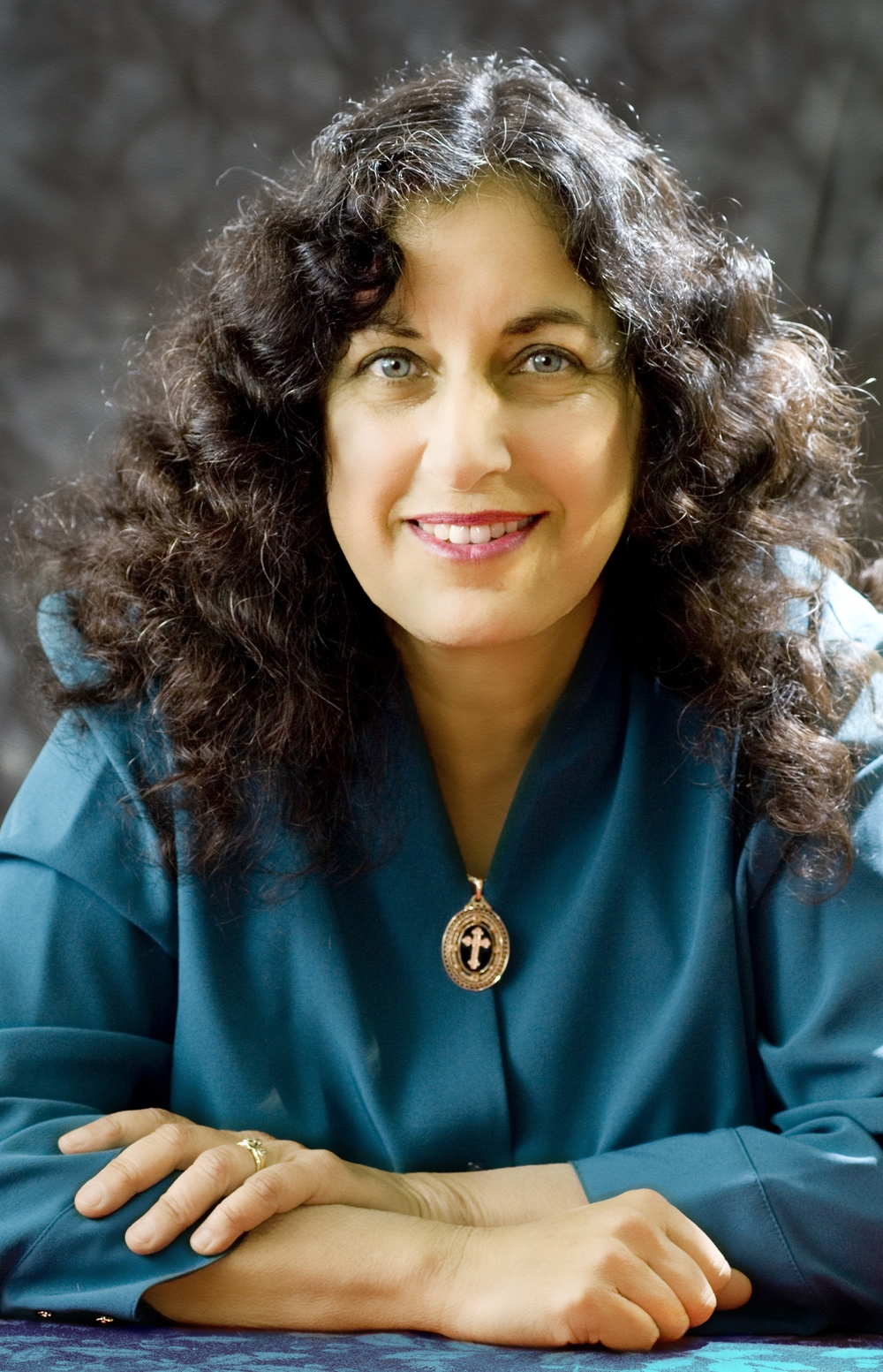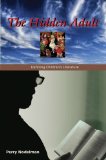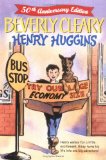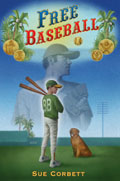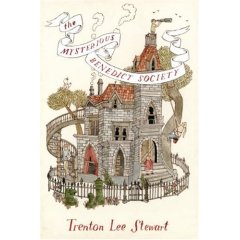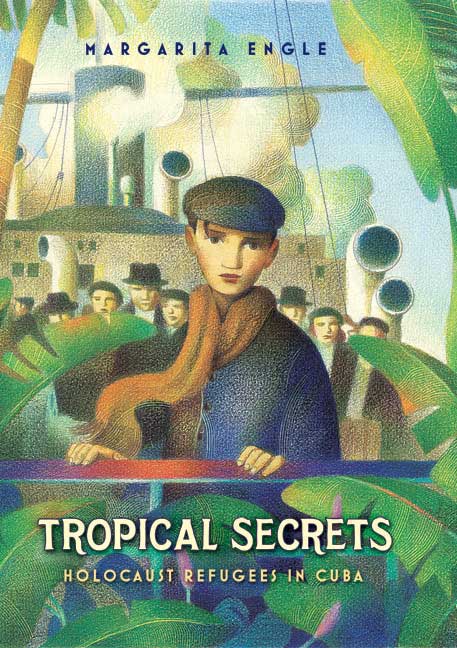
Welcome to the 2010 Sydney Taylor Book Award Blog Tour! I'm honored to be hosting Margarita Engle, author of Tropical Secrets: Holocaust Refugees in Cuba (Henry Holt, 2009), at bookstogether today. Tropical Secrets is this year's STBA winner in the Teen Readers category.
Anamaria Anderson (AA): Congratulations and welcome to bookstogether, Margarita!
Margarita Engle (ME): Thank you. I am so deeply honored by the Sydney Taylor Award, and I am so grateful for this opportunity to speak about Tropical Secrets.
AA: Tropical Secrets is such an evocative title. Would you share some of the secrets to which it refers (without, of course, giving any of them away)?
ME: I feel very close to this title. It springs from my own sense of wonder about the story. There is a feeling of discovery. I am fascinated by the safe harbor Jewish refugees found in Cuba, and in other Latin American countries as well. I am particularly intrigued by the Cuban teenagers who volunteered to teach Spanish to the refugees.
AA: How did you go about the research for this story?
ME: I found the factual details in an amazing scholarly study called Tropical Diaspora, by Robert M. Levine. Without the nonfiction accounts in that reference, I could not have written Tropical Secrets. I am astonished that the history of Holocaust refugees in Cuba, and in Latin America as a whole, is not more familiar.
AA: I agree, Margarita. The fictional characters of Tropical Secrets—Daniel, Paloma, David, and el Gordo—bring these unfamiliar historical events to life for your readers. When did your characters, and their personal stories, begin to reveal themselves to you?
ME: The characters and plot of Tropical Secrets came to me in a huge wave. It was overwhelming. I could barely scribble fast enough to keep up with the flow of words. It was as if this story had been waiting to be told, and was searching for a home.
My mother is Cuban, and was raised Catholic. My father is the American son of Ukrainian-Jewish refugees. Tropical Secrets unites the diverse branches of my ancestry.
AA: I think it found the perfect home. What would you like your readers to take home from Tropical Secrets?
ME: I wrote Tropical Secrets because I admire the resilience of refugees, and the generosity of those who help them. This is a facet of Tropical Secrets that transcends all borders and eras. It is true of natural disasters as well as manmade ones. I simply wanted to pay homage to the idea of safe harbors and the kindness of strangers.
AA: That facet of Tropical Secrets resonates especially clearly right now, in the aftermath of the earthquake in Haiti; and it is always worth remembering.
Thank you so much, Margarita, for these insights into your work, and congratulations again. I look forward to your forthcoming books (The Firefly Letters and Summer Birds: The Butterflies of Maria Merian, both 2010) and wish you all the best.
And thank all of you for stopping by the STBA Blog Tour! Please be sure to visit the other stops on the tour today and later this week; and of course I hope you'll visit me at bookstogether anytime.
